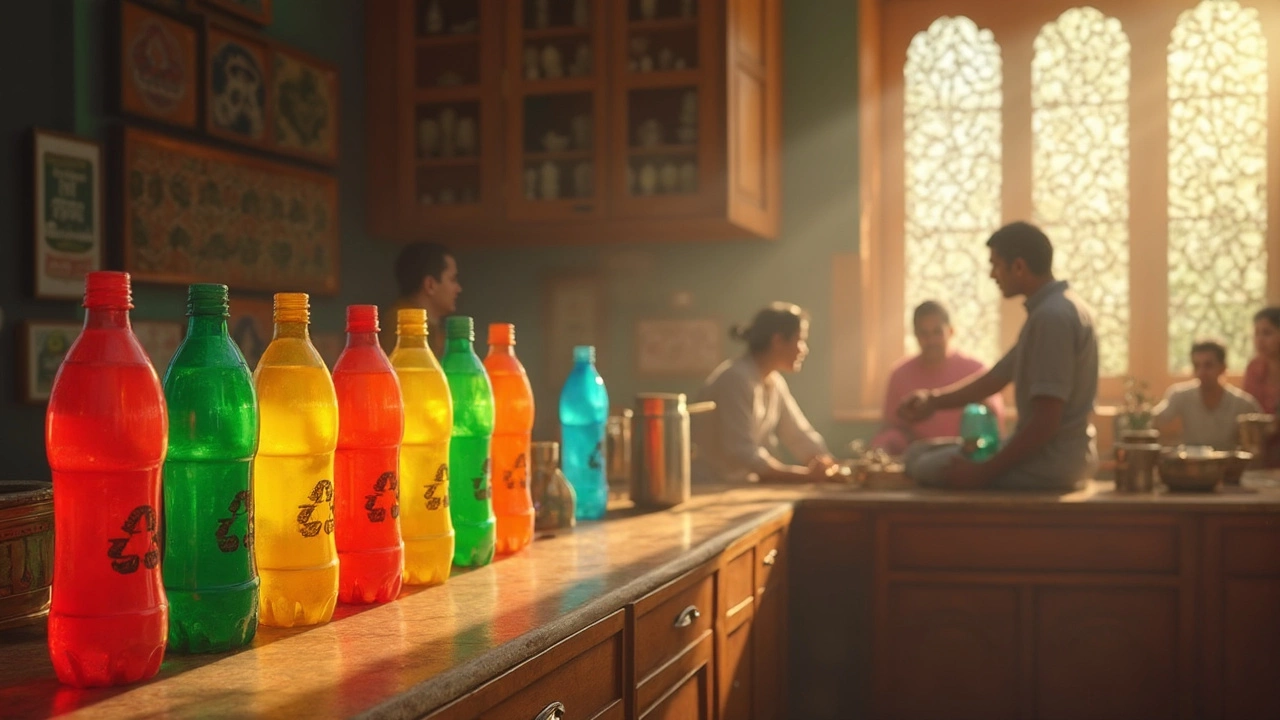PET Bottles: What They Are and Why They Matter
Ever wonder why most water, soda, and juice drinks come in clear, lightweight containers? That’s PET – short for polyethylene terephthalate. It’s a type of plastic that’s strong, cheap, and safe for food. Because it doesn’t crack easily, brands love it for shipping drinks worldwide.
But PET isn’t just about convenience. It helps keep products fresh and reduces weight, which means lower fuel use during transport. That’s a win for both businesses and the environment, as long as we handle the bottles responsibly.
How PET Bottles Are Made
Making a PET bottle starts with tiny pellets of resin. These pellets melt into a syrup, then flow into a mold that forms the bottle’s shape. The process, called blow‑moulding, stretches the plastic so it becomes clear and tough. Most factories finish the bottle in minutes, so you see millions of new bottles each day.
Because the material is versatile, manufacturers can add different colors, labels, or even resealable caps. The result is a bottle that can hold anything from carbonated soda to cosmetic serums without leaching chemicals.
Recycling PET: Easy Steps to Reduce Waste
When you toss a PET bottle into a recycling bin, it can become a new bottle, a fabric fiber, or even a car part. The key is keeping the bottle clean – rinse out any leftover liquid and remove caps, which are often made of a different plastic.
Local recycling programs usually collect PET in a separate stream. If you’re not sure, check the recycling symbol on the bottle; the number 1 inside the triangle means it’s PET. Once collected, the bottles are shredded, washed, melted, and turned into pellets that start the cycle again.
If your area doesn’t recycle PET, consider reusing the bottle for storage, a water sprinkler, or a DIY lamp. Small actions add up, and you’ll see fewer bottles ending up in landfills.
In short, PET bottles are everywhere because they’re cheap, strong, and lightweight. Knowing how they’re produced and how to recycle them lets you enjoy the convenience without hurting the planet. Keep an eye on the recycling logo, rinse before you toss, and think twice about a second life for that empty bottle.

What is the Number 1 Under Plastic Bottles? Breaking Down the Meaning and Impact
Ever noticed the number 1 stamped under most plastic bottles? This article unpacks what that number really means, which plastic it points to, and why it matters for recycling and your health. We'll explore which products use this plastic, how it's made by manufacturers, and whether it's safe to reuse. If you've ever wondered if it’s recyclable or how it impacts the environment, you’ll get those answers here, plus practical tips so you can make smarter choices.
